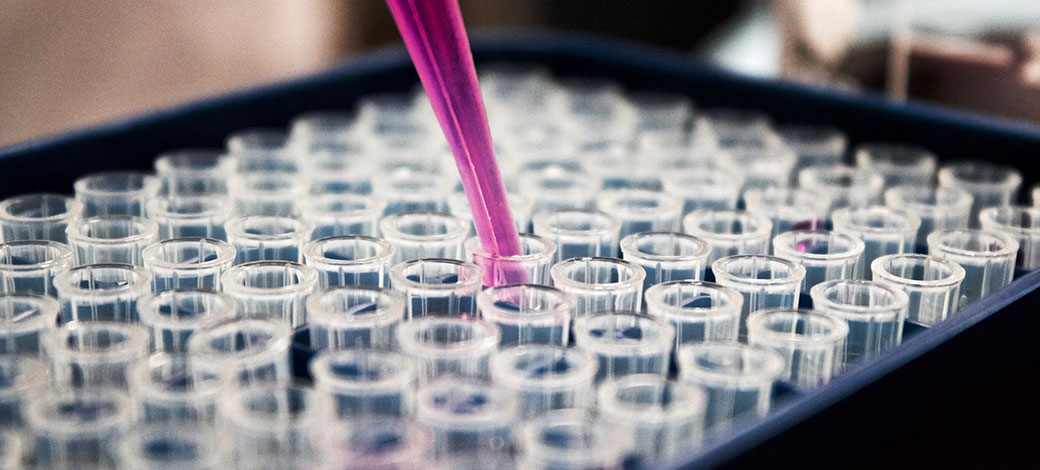Anvisa’s public consultation is open until 10/25 to receive comments about the procedure to adopt reliance for medical devices
The National Health Surveillance Agency (Anvisa) has been striving to promote regulatory harmonization in recent years. In this regard, the Collegiate Board Resolution RDC 741/2022 has introduced authorization for optimized analysis through reliance mechanisms. However, RDC 741/2022 stipulates that each technical area of the Agency must define specific requirements for these optimized procedures, indicating the documents to be submitted and the appropriate process to be followed.
Following that guideline, the Collegiate Board of Anvisa approved Public Consultation (“CP”) 1.200/2023, aligned with the proposal developed by the General Management of Health Products Technology. Its objective is to establish optimization procedures for the approval of high-risk medical devices (Classes III and IV) that have been previously approved by an Equivalent Foreign Regulatory Authority (AREE).
According to the proposal, the recognized authorities for this reliance program are the same as those participating in the Medical Devices Single Program Audit (MDSAP):
(i) Australian Therapeutic Goods Administration (TGA),
(ii) Health Canada (HC),
(iii) Japan Ministry of Health, Labour and Welfare (MHLW); and
(iv) Food and Drug Administration (US FDA).
According to the proposal, in addition to approval by an Equivalent Foreign Regulatory Authority (AREE), the medical device subject to reliance should not have been subject to recalls or post-market actions related to quality deviations that impact product safety.
The proposal aims to streamline and make the process more objective. In this regard, the Public Consultation (CP) suggests that, for optimized approval, the applicant amends the initial submission by requesting reliance and submitting the following documents:
- a specific declaration signed by the Technical Representative and Legal Representative of the applicant company;
- proof of registration or authorization issued by the AREE, which must contain the information needed to verify that the object of the petition in Brazil is exactly the same as that already approved by the ERAE in question;
- instructions for use adopted and in force by the AREE.
After reviewing the documentation provided by the Equivalent Foreign Regulatory Authority (AREE), Anvisa may choose to proceed with the ordinary analysis procedure for the submitted documents.
For further assistance on medical device’s regulation, please do not hesitate to contact our Life Sciences & Healthcare team via email: lifesciences@soutocorrea.com.br .
